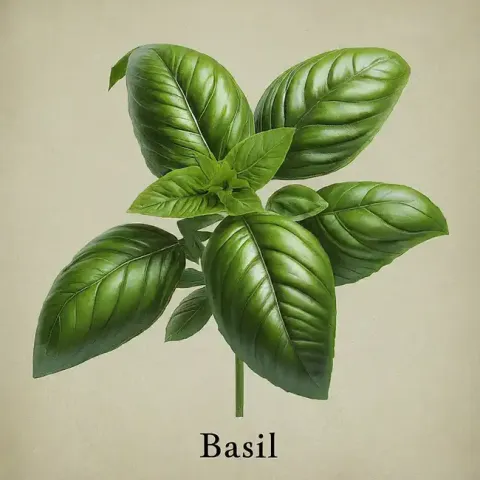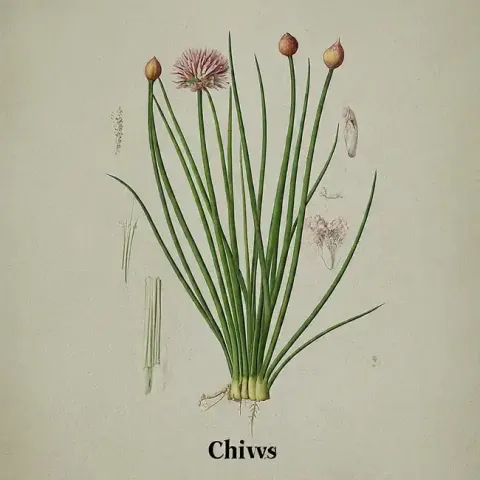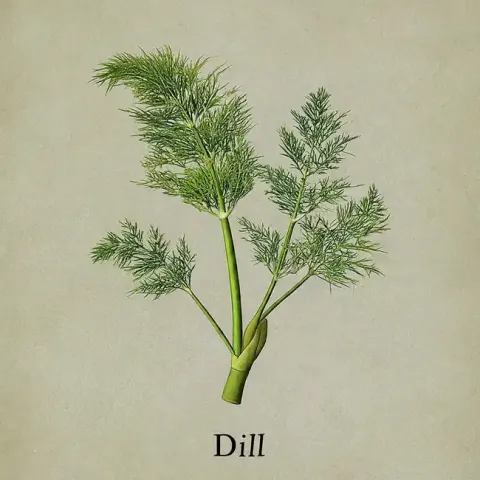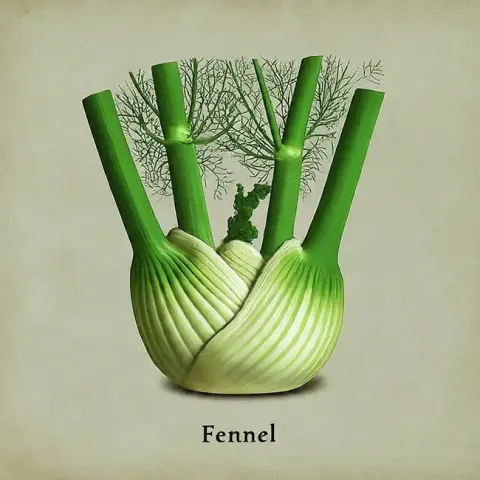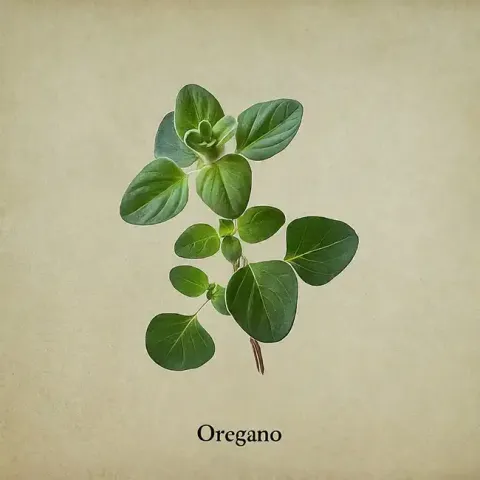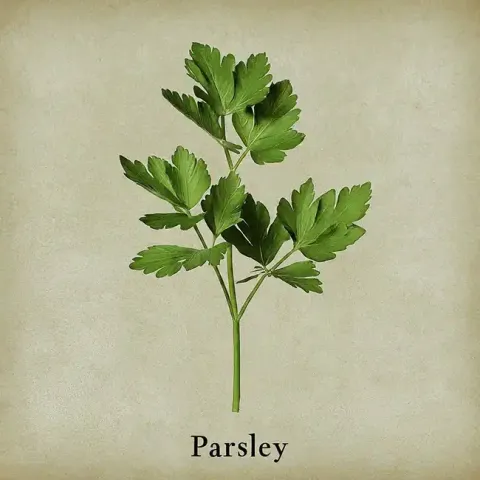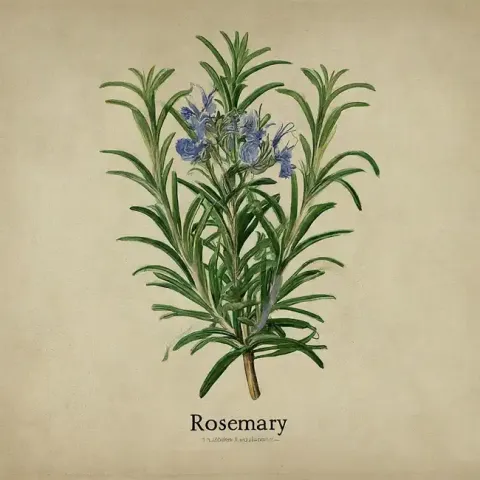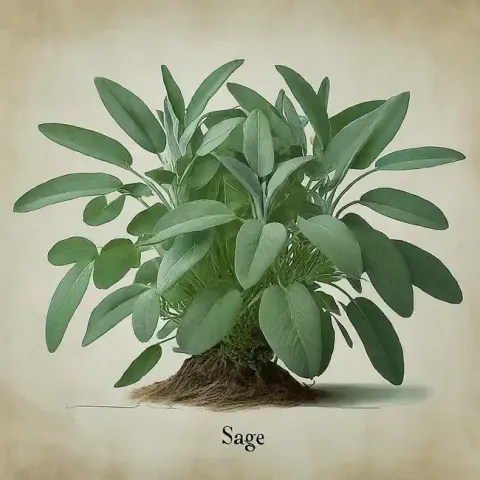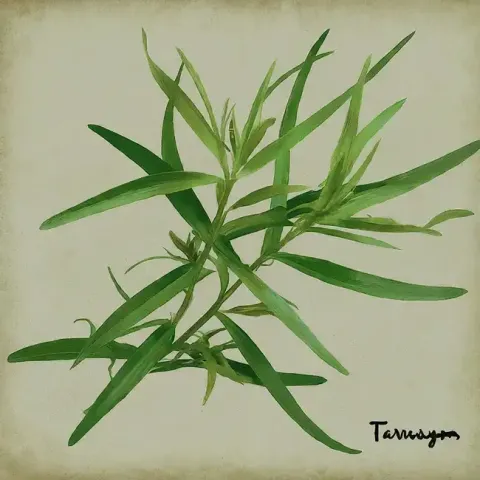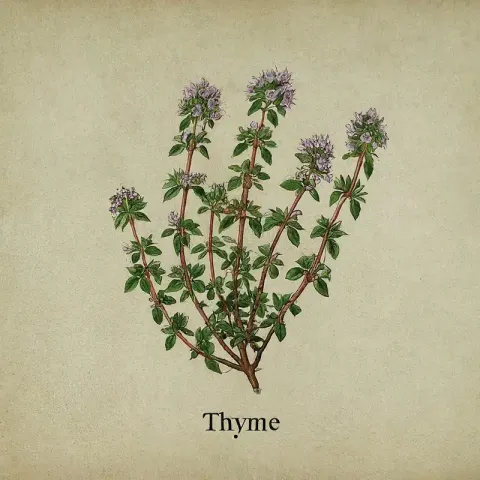A Blend of History, Culinary Delight, and Medicinal Wisdom
Herbs have been cultivated in home gardens for thousands of years, playing a crucial role in the culinary, medicinal, and spiritual practices of cultures worldwide. Their appeal lies in their versatility, ease of growth, and the multitude of uses they offer. Whether you are an experienced gardener or a novice, growing herbs in your home garden can provide a rewarding experience and a constant supply of fresh, fragrant ingredients.
A Brief History of Herbs in the Home Garden
The tradition of growing herbs dates back to ancient civilizations. The Egyptians, Greeks, and Romans all cultivated herbs for various purposes. In ancient Egypt, herbs such as coriander, fennel, and garlic were used in cooking, medicine, and religious rituals. The Greeks and Romans also valued herbs, incorporating them into their diets, medicines, and even cosmetics.
During the Middle Ages, European monasteries became centers of herbal knowledge. Monks cultivated extensive herb gardens, using the plants to create medicinal remedies that would treat a wide range of ailments. This tradition of herb gardening spread to private homes, where herbs became a staple in kitchens and medicine chests.
In colonial America, settlers brought with them seeds and knowledge of European herb gardening, integrating these plants into their new environments. Herbs like thyme, sage, and parsley were grown for both culinary and medicinal purposes. Over time, herbs became an essential part of the American home garden, a tradition that continues to this day.
Popular Culinary Herbs
Herbs bring a fresh, vibrant flavor to dishes and are a staple in many cuisines. Here are some of the most popular culinary herbs that are perfect for the home garden:
- Basil (Ocimum basilicum): A key ingredient in Italian and Mediterranean cuisines, basil is best known for its use in pesto and tomato-based dishes. It grows well in warm, sunny conditions and can be harvested throughout the summer.
- Thyme (Thymus vulgaris): This versatile herb is used in a variety of dishes, from soups and stews to roasted meats and vegetables. Thyme is a hardy perennial that thrives in well-drained soil and full sun.
- Rosemary (Salvia rosmarinus): With its woody stems and aromatic leaves, rosemary is a favorite for seasoning meats, especially lamb and poultry. It is a perennial that prefers a sunny spot with good drainage.
- Parsley (Petroselinum crispum): Often used as a garnish, parsley is also a key ingredient in salads, soups, and sauces. It is a biennial plant that grows well in cooler weather.
- Cilantro (Coriandrum sativum): A must-have for Mexican and Asian cuisines, cilantro adds a fresh, citrusy flavor to salsas, curries, and salads. It grows quickly but bolts in hot weather, so successive plantings are often necessary.
- Mint (Mentha spp.): Known for its refreshing flavor, mint is used in beverages, desserts, and savory dishes. It is a vigorous grower and can become invasive, so it’s best planted in containers.
Popular Medicinal Herbs
For centuries, herbs have been valued not only for their culinary uses but also for their healing properties. Here are some of the most commonly grown medicinal herbs:
- Chamomile (Matricaria chamomilla): Known for its calming properties, chamomile is often used to make tea that aids sleep and digestion. It’s a hardy annual that grows well in full sun.
- Lavender (Lavandula angustifolia): With its soothing scent, lavender is often used in aromatherapy to reduce stress and promote relaxation. It’s a perennial that thrives in sunny, dry conditions.
- Echinacea (Echinacea purpurea): Often used to boost the immune system and fight colds, echinacea is a striking perennial with bright purple flowers that attract pollinators.
- Lemon Balm (Melissa officinalis): A member of the mint family, lemon balm is used to reduce anxiety and improve sleep. It’s a perennial herb that grows well in partial shade.
- Peppermint (Mentha piperita): Known for its digestive benefits, peppermint is often used in teas and infusions to relieve stomach discomfort. Like other mints, it is best grown in containers to prevent it from spreading.
- Sage (Salvia officinalis): Used for its antiseptic and anti-inflammatory properties, sage is also a popular herb for sore throats and respiratory issues. It’s a hardy perennial that prefers full sun and well-drained soil.
Growing Tips for a Thriving Herb Garden
Growing herbs is relatively easy, but there are a few tips to ensure success:
- Choose the Right Location: Most herbs prefer full sun, so choose a spot in your garden that gets at least 6-8 hours of sunlight per day.
- Soil Preparation: Herbs thrive in well-drained soil. If your soil is heavy or clay-like, consider adding compost or organic matter to improve drainage.
- Watering: While herbs need regular watering, they generally do not like to sit in waterlogged soil. Water deeply but allow the soil to dry out slightly between waterings.
- Harvesting: Regular harvesting encourages herbs to produce more foliage. For most herbs, it’s best to harvest in the morning when the essential oils are at their peak.
- Container Gardening: If space is limited or you want to keep invasive herbs like mint under control, consider growing herbs in containers. This also allows you to move them to more favorable locations as needed.
Conclusion
Growing herbs in the home garden is a delightful way to connect with the rich history of herbal use while enjoying the fresh flavors and health benefits these plants offer. Whether you’re seasoning a meal or brewing a soothing tea, having a variety of herbs at your fingertips can enhance both your culinary and wellness routines. With a little care and attention, your herb garden can flourish, providing you with a bountiful harvest throughout the growing season.

